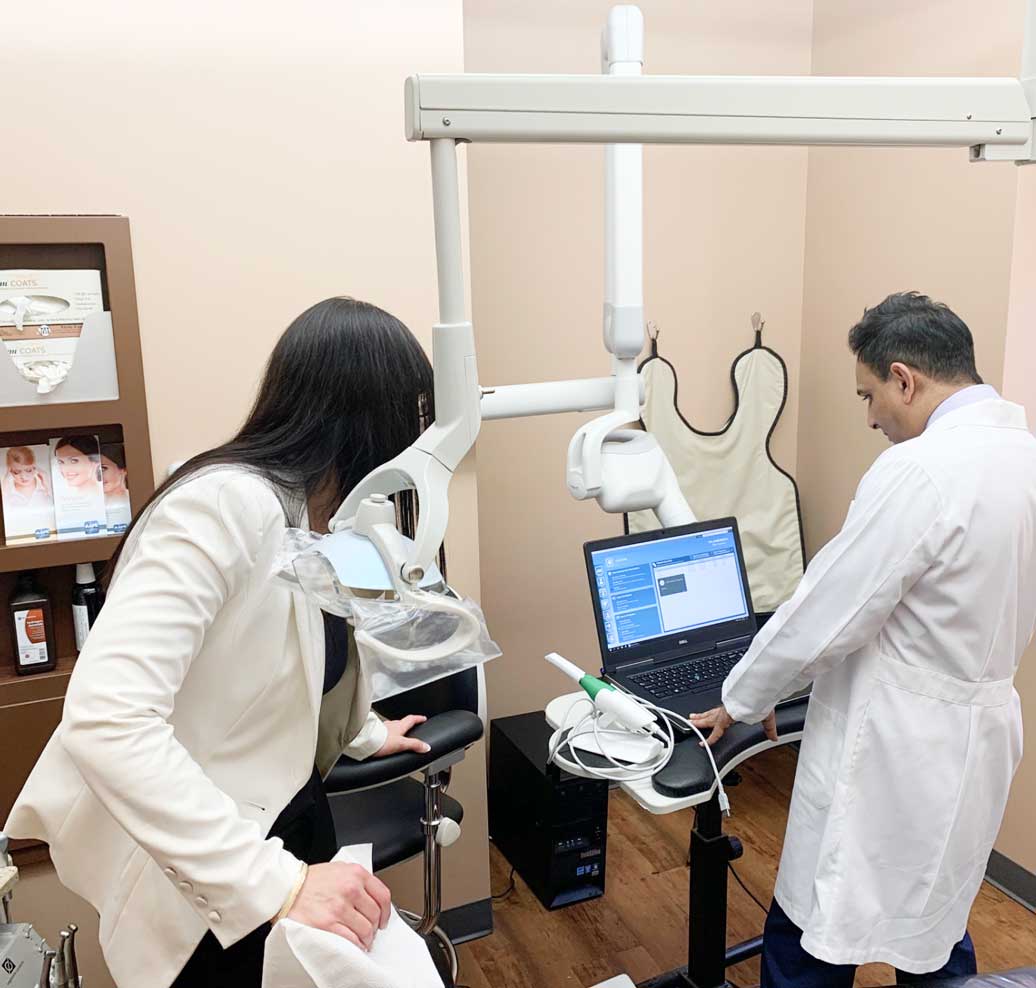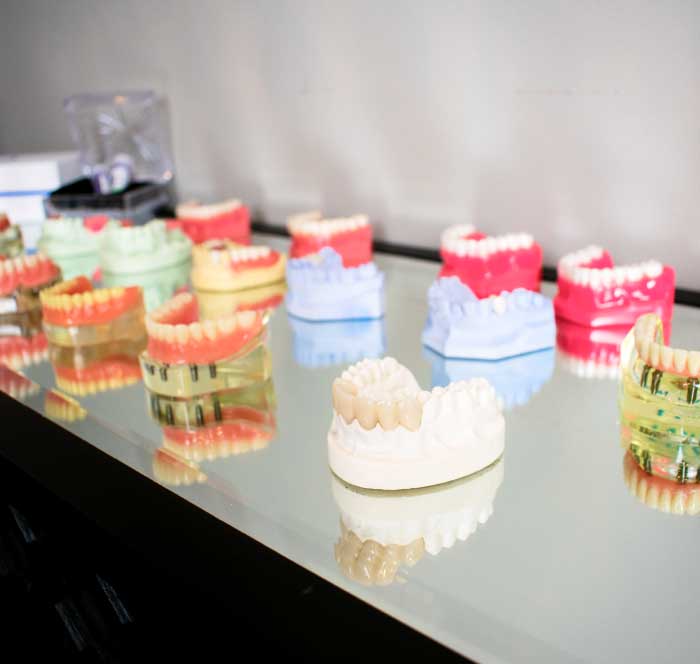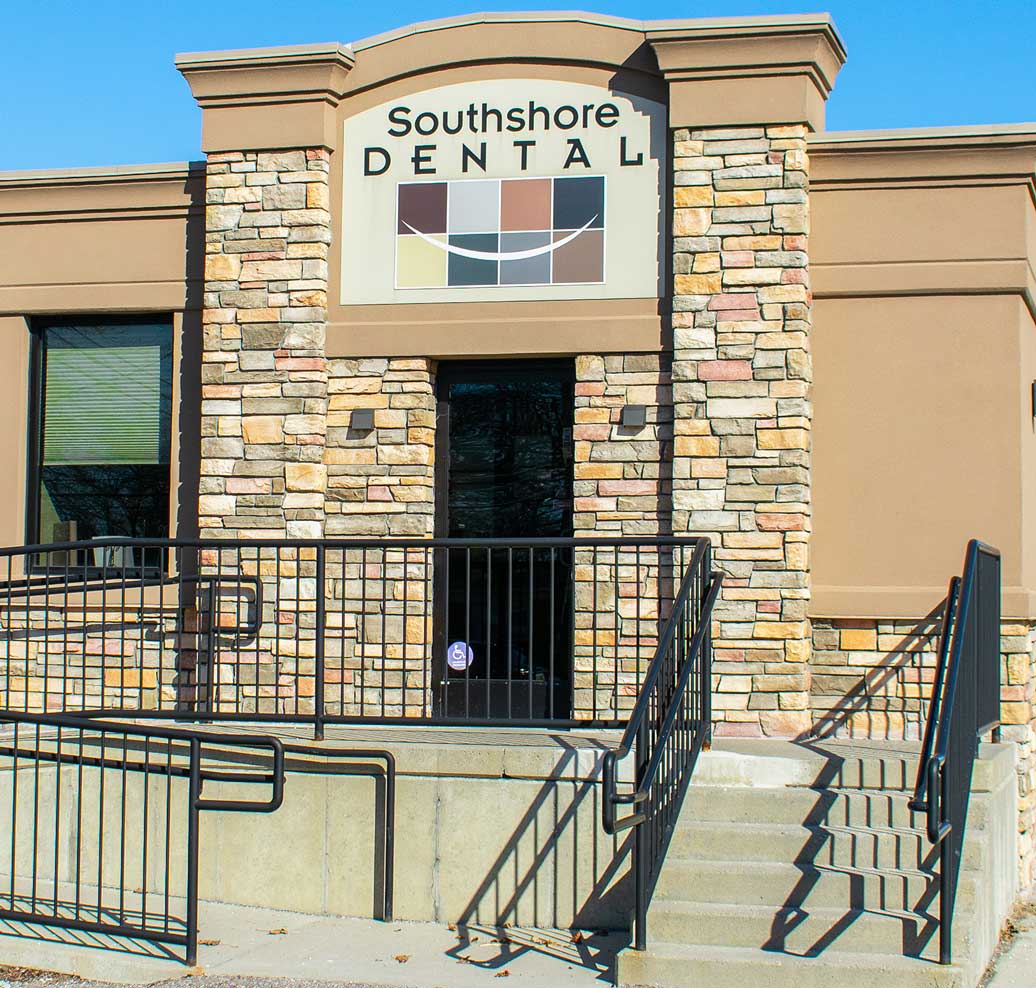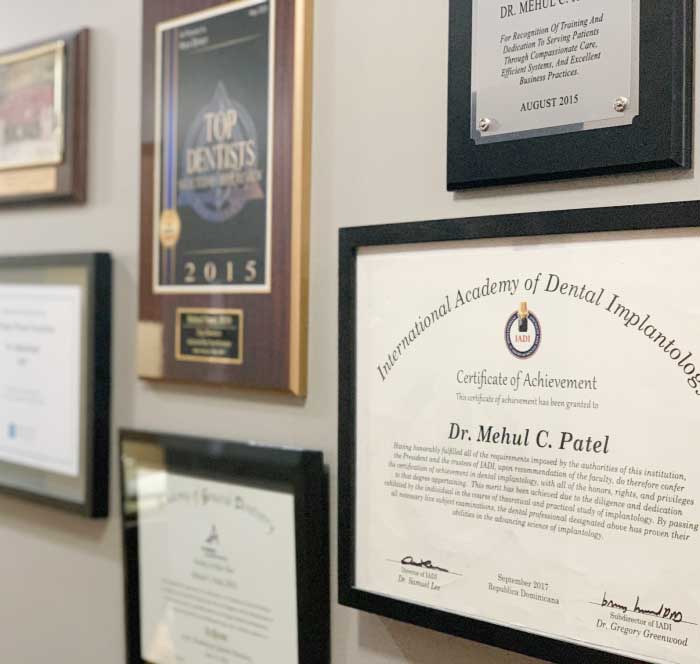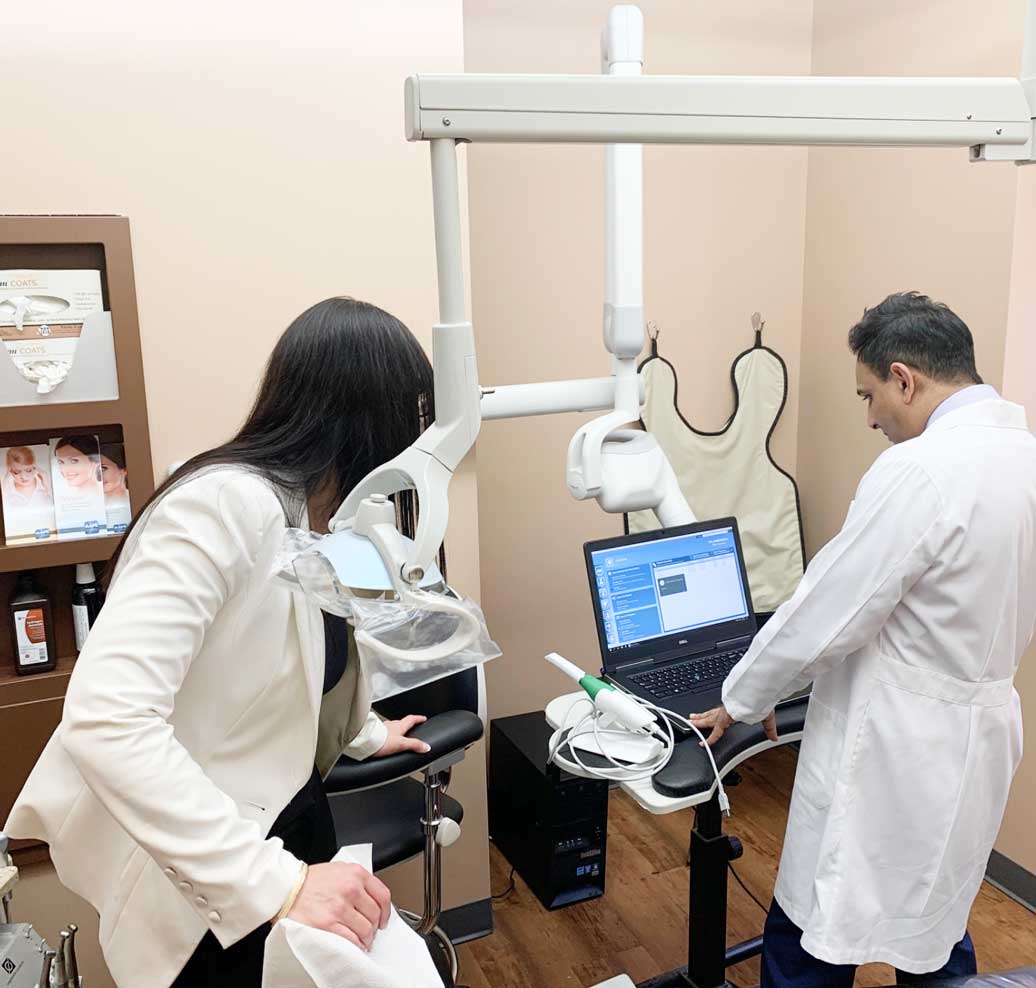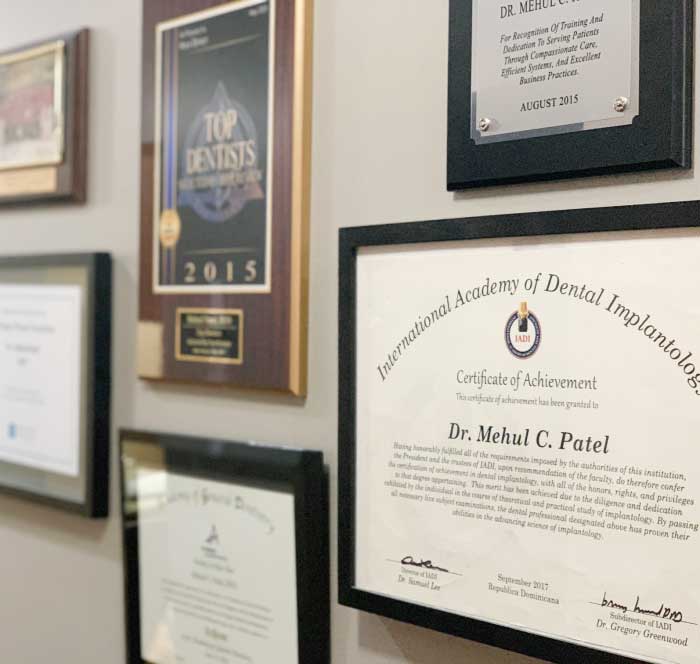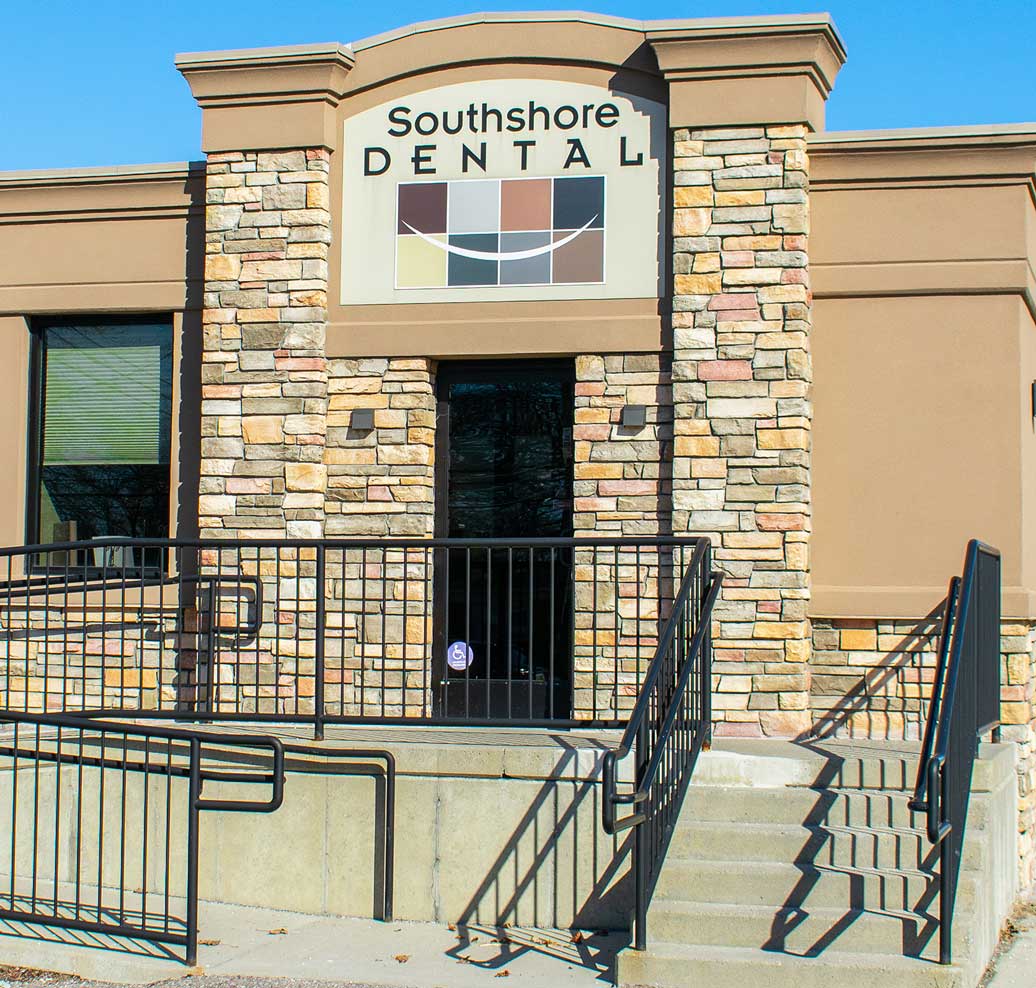If a tooth is lost, it is important to replace it to restore both function and appearance. In this way, patients can laugh, talk, and eat without worrying again. Popular solutions for dentures are the bridge and the dental implant. Let’s explore the advantages and disadvantages that the two methods offer to discover which solution suits your needs best.
How Dental Implants Work?
An implant serves as a replacement for the tooth root, firmly anchored in the jaw. To do this, the dentist first removes the diseased tooth. After a healing period, the implant can then be inserted. This can be imagined as a screw that is turned into a thread, and thus becomes firmly seated. After the implant has healed, it is supplemented in the further course of treatment by a structure called an abutment and the implant crown, which represents the actual tooth replacement.
Advantages of Dental Implants
Dental implants have many advantages. Because they are firmly anchored in the jaw, they withstand loads particularly well and are durable for a long time. In addition, in contrast to a conventional bridge, healthy teeth must not be ground to the left and right of the tooth to be replaced for the treatment. Another advantage: implants offer a multitude of options. Depending on personal needs, the artificial tooth roots can be supplemented with crowns and thus replace individual teeth or serve as the basis for implant bridges and telescopic prostheses.
Disadvantages of Dental Implants
In contrast to traditional bridges, you have to reckon with higher costs for dentures using implants. Statutory and private health insurances subsidize the procedure, but the assumption of costs can usually only be arranged with good additional dental insurance.
Additionally, it is important to emphasize that the implantation is not suitable for all patients. If the bone substance is insufficient, augmentation can usually help. In severe cases, and with certain other diseases, an implant is simply not an option.
How Bridges Work
A bridge can serve as a dental prosthesis for one or more adjacent teeth. In general, a distinction can be made between three different types of bridges:
- Classic
- Adhesive
- Telescopic
For the classic bridge, the teeth next to the gap are ground to form pillars and crowned. These teeth then serve as the carrier for the bridge attached between them. An adhesive bridge, on the other hand, is glued directly to the neighboring teeth without grinding. The third variant, the telescopic bridge, is mainly used when there are only a few natural teeth, but at least five. The natural teeth are provided with caps, and the bridge is applied to them.
Advantages
The bridge can also be used if an implant is not possible due to insufficient bone substance or disease. In addition, telescopic bridges can be used to make almost toothless dentures functional and aesthetic. The classic bridge is also usually significantly cheaper and better subsidized compared to the implant.
Disadvantages
The grinding of healthy, neighboring teeth can be seen as a disadvantage of the classic bridge, while the adhesive bridge, for which no grinding is necessary, is said to have lower durability. The telescopic bridge can be significantly more expensive than the other methods.



















